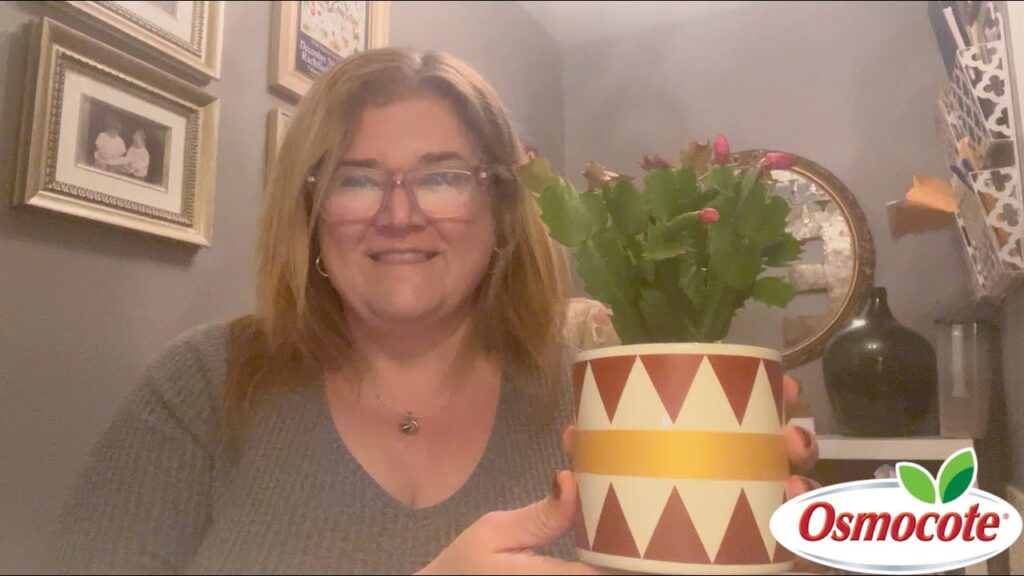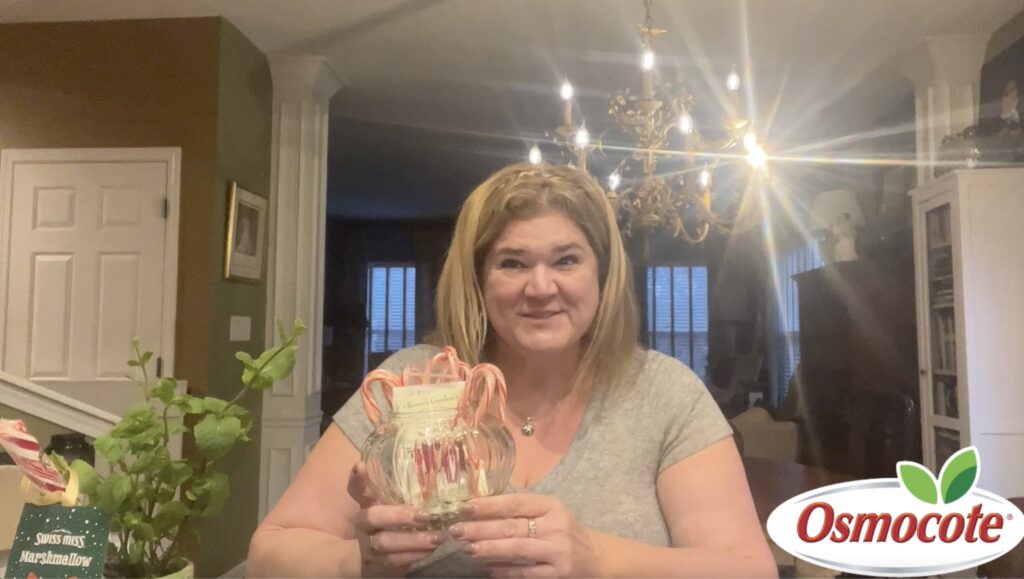Quick Tips for Starting Seeds
Views: 227

After the holiday and before springtime is one of my favourite gardening seasons. It’s in the coldest months that I peruse seed catalogs and play with new ideas for my vegetable garden, mapping out new plans and sketching bed rotations. I used to buy plants in the spring and pop them in the ground for fairly instant gratification. I’d always buy a few seeds (I mean, they’re just so tempting) but growing from seed was limited for me until I came to realise just how many more options exist when you start from scratch. If you’re interested in the most variety, earliest yields and most economical garden you can get, consider my quick tips for starting seeds inside.
Supplies
First things first, you’ll need containers, soil, seeds, a light source and water. There are so many options for containers, soil, seeds and light sources. If you are giving seeds a shot in a windowsill, choose a South or East facing window. I like this method to start, but quickly found that I didn’t have enough room on my sills for many containers so I invested in a cheap bookshelf and suspend grow lights from each shelf. Basically, if you don’t have enough light, your seedling will become “leggy” trying to grow up towards light. You want a stout, full plant that hasn’t had to work for sun.
Next to consider are containers. I have found that the best are small, clear boxes which are divided into cells, have their own drip tray and nice secure domes with vents. You can see both root and leaf development clearly and the domes allow you to adjust airflow to keep humidity at the level you desire. I’ve tried so many kinds, and like these from Amazon the best. Plus they’re strong enough to wash and re-use annually. And they easily fit on a windowsill.
Soil and seeds round out what you need to get started. My favourite seed source is Baker Creek Heirloom Seeds: their selection, commitment to quality and pricing are next-to-none. Some other great sites include Eden Brothers, Southern Exposure and Seed Treasures. For soil, I suggest selecting a bagged soil made for the purpose of starting seeds. These soils are much lighter and allow for healthy seed development. You don’t want dirt that holds too much water and attracts mildew and can rot seeds. I use Hoffman’s and have great luck.
Planting
Quick Tips for Starting Seeds include not just gathering supplies, but knowing how to fill your containers and get your seeds in the dirt. After selecting soil, you want to dampen it. Not to the point where it’s muddy, but if you grab some in your hand and squeeze, it won’t drip but will form together in a crumbly ball. It will hold its shape, but barely. When you’ve got your soil ready, pack it loosely into containers. Tamp the soil down a bit, adding more if needed. Then, plant your seeds according to the packages directions. Mist with a bit more water, then cover and set in a sunny location. If you choose not to use a container with a lid or dome, you’ll need to keep a keen eye on your plants so that they don’t get dehydrated.
Maintenance
Once your seeds germinate (sprout), continue to offer them water when the top of the soil begins to lighten and dry out. When plants have reached the top of your covers (if you are using them), you’ll want to take them off. It is important for seeds to acclimate to air because it encourages strong stems. Sometimes it’s a good idea to have an oscillating fan going nearby to stimulate wind. I also suggest turning your trays daily to be certain both sides of your baby plants are getting enough sunshine.
Hardening Off
The last step of my quick tips for starting seeds is what’s known as “hardening off.” This is the point where days are warm, but nights are still cool and your little plants look big enough that they can be planted outside. Here’s the catch: they aren’t used to strong, full sun and elements such as wind and rain. It is your job to begin setting them outside in a protected space (like a front porch) where they can get used to living outside. Plan on taking about a week to do this. Begin with a few hours the first day, progressing to overnight by the week’s end (assuming temps aren’t freezing). This helps ensure your plants are strong enough to handle more extreme weather than you provided indoors. Plant your babies in the garden according to your seed’s instructions, noting your zone’s last frost date.
Pro-Tip: Note that not all seeds like to be started indoors and be sure to follow package recommendations. You’re welcome.
Meet Elizabeth Morse
I specialize in creating productive gardens for my clients (garden consults), showing them how to use fresh foods (private chef & cooking classes) and enjoying…
Elizabeth's Recent Posts

Popular Raised Garden Beds








